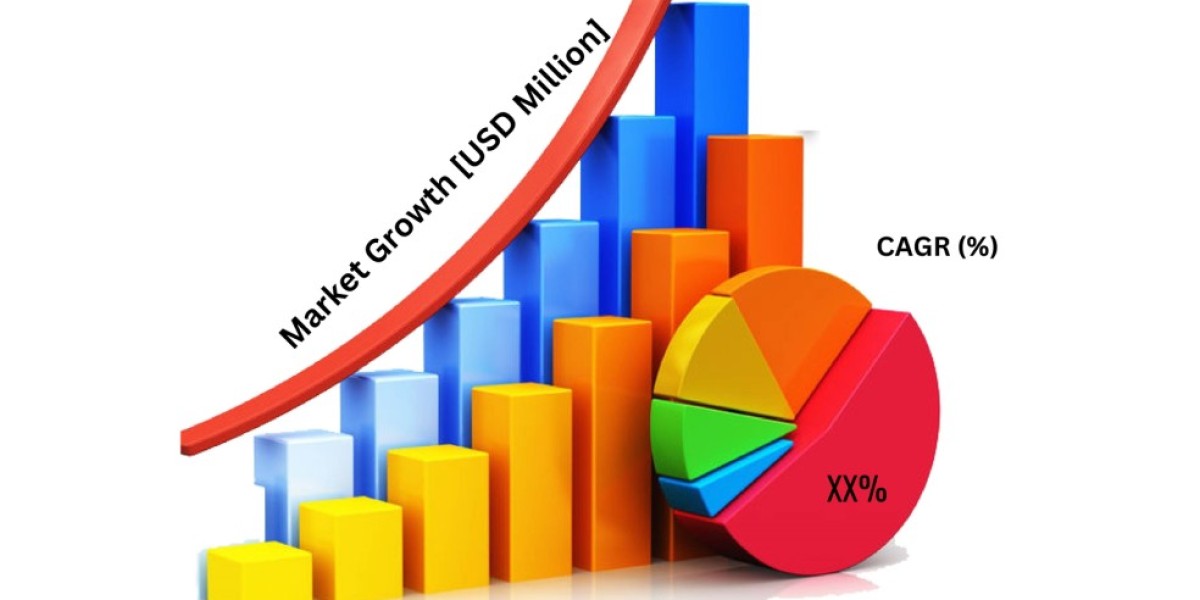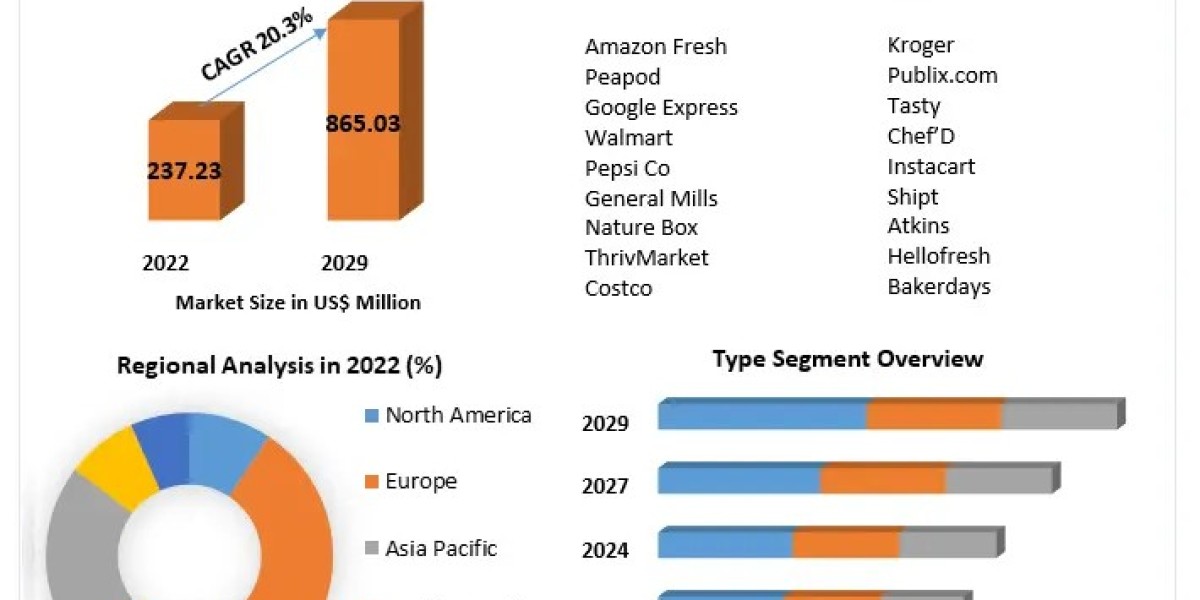Why Submersible Pumps Matter
Submersible pumps play a crucial role in many industries and household applications. They’re designed to operate while fully submerged in water, making them ideal for tasks like draining flooded basements, pumping sewage, or providing fresh water in rural areas. If you're a homeowner, farmer, or industrial operator, understanding the benefits and applications of submersible pumps can save you time, money, and effort.
In this comprehensive guide, we'll explore what submersible pumps are, how they work, their various types, and the distinct advantages they offer. We'll also cover practical tips for selecting the right pump, maintenance best practices, and real-world examples of their use. By the end of this post, you'll be well-equipped to make informed decisions about submersible pumps.
What Are Submersible Pumps?
Submersible pumps are a type of pump that operates while entirely submerged in the liquid it is pumping. This design ensures that the pump remains cool and functions efficiently without the risk of cavitation—a common issue with above-ground pumps.
Unlike other pumps that need water to be drawn into their systems, submersible pumps push water to the surface, making them highly efficient. They’re typically enclosed in a hermetically sealed motor, preventing any liquid from entering and causing damage.
How Do Submersible Pumps Work?
At the core of a submersible pump is its motor, which drives an impeller to create a vacuum that draws in the liquid. This liquid is then pushed through the pump and up to the surface. The hermetic seal around the motor ensures no water leaks into the electrical components, guaranteeing safe operation even underwater.
The pump starts when the liquid level rises to a certain point, triggering a float switch. This automation is particularly beneficial in applications like sump pumps, where the pump needs to activate only during high water levels.
Types of Submersible Pumps
Water Pumps
Water pumps are the most common type of submersible pump, used for various applications like draining pools, dewatering construction sites, and supplying fresh water. They’re designed to handle clear or slightly dirty water but are not suitable for sewage or heavy sludge.
Sewage Pumps
Sewage pumps are robust and designed to handle waste water containing solid particles. These pumps are essential in residential, commercial, and industrial settings where waste water needs to be transported to treatment facilities.
Well Pumps
Well pumps are used to extract water from underground sources. They are indispensable in rural areas where municipal water supply is unavailable. These pumps can be either shallow or deep well pumps, depending on the depth of the water source.
Advantages of Submersible Pumps
Efficiency and Performance
One of the biggest advantages of submersible pumps is their efficiency. Since they operate underwater, they don't require priming and are less prone to mechanical issues like cavitation. This results in higher performance and longevity.
Versatility
Submersible pumps are incredibly versatile, suitable for a wide range of applications from residential to industrial use. Whether you need to drain a flooded basement or pump oil from deep wells, there's a submersible pump designed for the task.
Safety
The hermetically sealed design ensures that the electrical components are protected from water, making submersible pumps safer to operate in wet environments. This is particularly important in applications where human safety is a concern, such as in flood management.
Selecting the Right Submersible Pump
Identify Your Needs
The first step in selecting a submersible pump is to identify your specific needs. Are you looking to drain a pool, pump sewage, or supply water from a well? Understanding your application will help narrow down your choices.
Consider the Flow Rate
Flow rate, measured in gallons per minute (GPM), is a critical factor to consider. Ensure that the pump you choose can handle the volume of liquid you need to move within a reasonable time frame.
Check the Head Height
Head height refers to the maximum height the pump can raise the liquid. This is particularly important in applications like well pumping, where the water source may be deep underground.
Maintenance Tips for Longevity
Regular Inspections
Regular inspections are crucial for maintaining the efficiency and longevity of your submersible pump. Check for any signs of wear and tear, and ensure that the seals are intact to prevent water intrusion.
Clean the Pump
Over time, debris can accumulate in the pump, affecting its performance. Regular cleaning will help maintain its efficiency and prevent blockages that could lead to mechanical failures.
Monitor Performance
Keep an eye on the pump's performance metrics, such as flow rate and pressure. Any significant changes could indicate underlying issues that need immediate attention.
Real-World Applications of Submersible Pumps
Agriculture
Farmers use submersible pumps for irrigation, ensuring that crops receive the necessary water supply. These pumps are also used for dewatering fields after heavy rains to prevent crop damage.
Industrial Use
In industrial settings, submersible pumps are used for tasks like dewatering construction sites, pumping slurry in mining operations, and managing waste in treatment facilities. Their durability and efficiency make them ideal for these demanding applications.
Residential
Homeowners rely on submersible pumps for various tasks, such as draining flooded basements, maintaining swimming pools, and supplying water from wells. Their user-friendly design and reliability make them a popular choice for residential use.
Innovations in Submersible Pump Technology
Smart Pumps
The advent of smart technology has led to the development of smart submersible pumps. These pumps come equipped with sensors and IoT capabilities, allowing for remote monitoring and control. This innovation enhances efficiency and reduces the need for manual intervention.
Eco-Friendly Models
With increasing environmental concerns, manufacturers are focusing on developing eco-friendly submersible pumps. These models are designed to be energy-efficient and use environmentally safe materials, reducing their overall carbon footprint.
Advanced Materials
The use of advanced materials like corrosion-resistant alloys and high-strength polymers has significantly improved the durability and performance of submersible pumps. These materials ensure that the pumps can withstand harsh conditions and have a longer lifespan.
Common Challenges and Solutions
Cavitation
Cavitation is a common issue where vapor bubbles form in the liquid being pumped, leading to mechanical damage. Ensuring that the pump is properly submerged and maintaining adequate pressure can help mitigate this problem.
Seal Failures
Seal failures can lead to water intrusion, damaging the motor. Regular inspections and timely replacement of worn-out seals are essential for preventing this issue.
Clogging
Debris and solid particles can clog the pump, affecting its performance. Installing a filter or screen can help prevent clogs and ensure smooth operation.
Cost Considerations
Initial Investment
While submersible pumps may have a higher initial cost compared to other types, their efficiency and longevity often justify the investment. It's essential to consider the long-term benefits when evaluating the cost.
Maintenance Costs
Regular maintenance is crucial for keeping the pump in good working condition. Budgeting for periodic inspections and part replacements will help avoid unexpected expenses.
Energy Consumption
Submersible pumps are generally energy-efficient, but it's still important to consider their energy consumption. Opting for energy-efficient models can result in significant cost savings over time.
DIY vs. Professional Installation
DIY Installation
For simpler applications like draining a pool or a small basement, DIY installation is a feasible option. However, it's crucial to follow the manufacturer's guidelines to ensure safe and effective operation.
Professional Installation
For complex applications like well pumps or industrial use, professional installation is recommended. Experts can ensure that the pump is installed correctly, optimizing its performance and longevity.
Future Trends in Submersible Pumps
Increased Automation
The future of submersible pumps is likely to see increased automation. With advancements in AI and machine learning, pumps will become more intelligent, capable of self-diagnosing issues and optimizing performance in real-time.
Sustainable Solutions
Sustainability will continue to be a major focus, with manufacturers developing pumps that are not only energy-efficient but also made from recyclable materials. This shift will contribute to reducing the environmental impact of submersible pumps.
Enhanced Connectivity
Enhanced connectivity will allow for better integration with smart home and industrial systems. This will enable users to monitor and control their pumps remotely, improving convenience and efficiency.
Conclusion
Submersible pumps are a versatile and efficient solution for a wide range of applications, from residential to industrial use. Understanding their benefits, types, and maintenance requirements can help you make informed decisions and maximize their potential.








